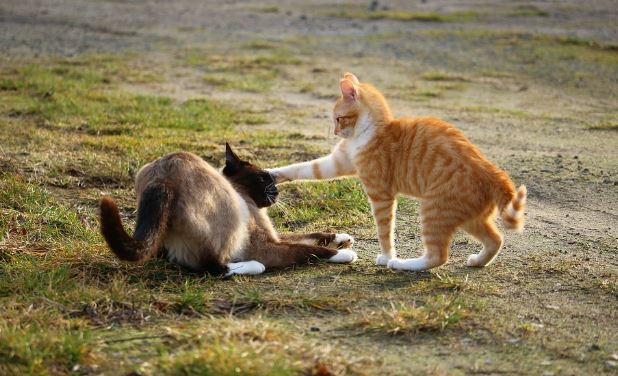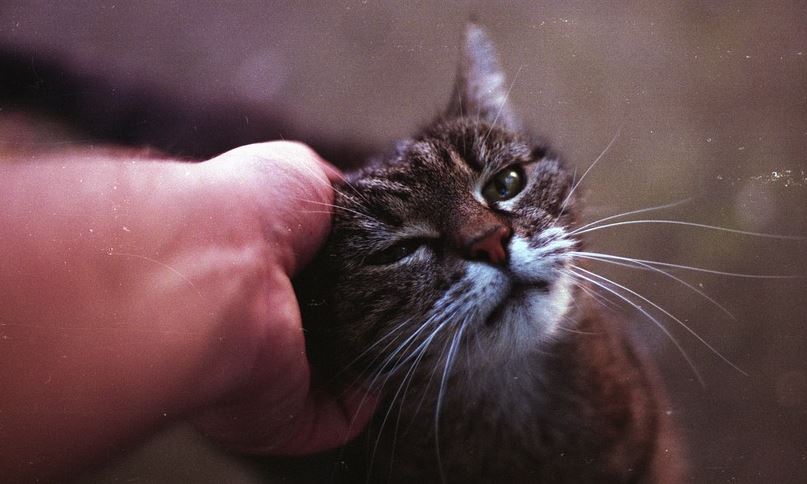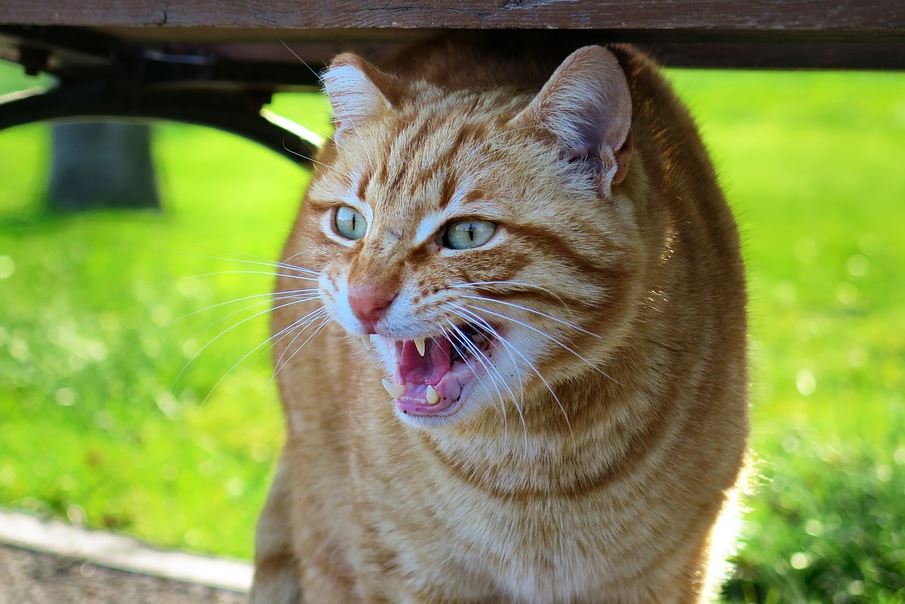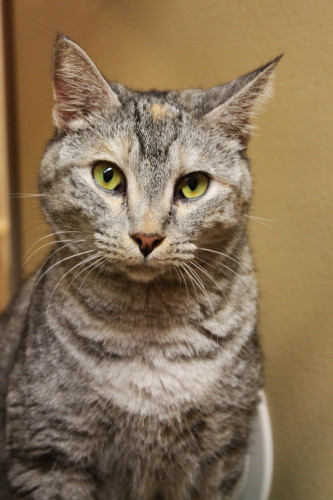Cat Behavioral Problems: Spotting Signs Of Excessive Aggression
Cats aren’t usually aggressive creatures and much less so than dogs. Cats are programmed differently than dogs because unlike their larger furry friend; they are solitary hunters. They aren’t pack animals, and so have a defense mechanism in their subconscious that allows them to physically fend for themselves. However, domesticated cats should be aloof and more willing to interact with their owner. There are many different causes behind a cat’s aggressive behavior patterns. It’s very important for owners to realize, they may be making a stressful situation worse with attempts to try and pet or hold the cat. There may be an underlying medical condition that needs to be seen by an expert. But usually, the abnormal behavior can be assessed and treated at home. It’s important to be able to spot strange patterns and mend the issue with intricate responses.
Intercat conflict
This type of aggression is the most common, because when two or more cats meet, it’s very easy for your cat to feel threatened; even when the other cats aren’t displaying aggression. This can result in ugly fights and a lot of screaming. It’s common for cats to get at each other’s throats when one challenges the other over status or a patch of territory.
If your cat is showing these signs of antisocial behavior, do not bring another cat home, even just for a visit. Intercat aggression occurs suddenly and may give you no warning at all. It’s time to make some environmental changes. Do not openly share the food. Having more than one cat causes conflict during feeding time. Each cat must have their own bowl and put at opposite ends of the room. Make positive situational changes, by giving both cats treats, but only when they are together. When they are by themselves, you can call both of them into the room, and start giving out treats one at a time. This will invoke a positive memory that both cats are equal; therefore no one needs to prove themselves to the other.
Petting rejection
Perhaps the most common cause of concern is when your cat doesn’t allow you to pet them. It’s a strange complex because usually, cats like to groom themselves and one another. The cat can give you plenty of signs of either discomfort or distrust. While petting the cat, suddenly it can start a low tone groan, and eventually transition into a screech. This can happen when petting the back of the neck as sometimes this can be a pressure point as the neck meets the vertebra. If you have cause for concern that this may be a neurological or other physiological concern, contact a professional like Parkside Animal Health Center. Several medical conditions can manifest in ways that mimic behavior problems. Scheduling an evaluation with a professional skilled in diagnosing and managing behavioral issues in pets is the first step on the road to resolving the problem.
However, lesser aggression can be treated at home. Start off slow, to gain the feline’s trust. Put them on your lap, but don’t pet them. If the cat jumps off, put a treat on your lap and pay no attention to it. The key is to make the cat come to you, of their own accord. When you do eventually want to pet it, make sure it can see your hand coming in. Get closer slowly and patiently. Pet it when it can see your hand at all times, such as the paws, legs, under the chin and top of the head. Gradually the cat will start to warm to you.
Fear aggression
Since by nature, cats are solitary animals, aggression can be induced by fear. It can be due to a stressful experience the cat once had during a fight or felt it’s life was in danger due to the surroundings it was in. You can see these signs, if your cat, like to hide under objects a lot of the time. Many cats that are fearful in the home, hide under dining tables, and chairs. They may get into wardrobes, or sit underneath laundry baskets. Equally, they may find solace, perched up high, on top of the cupboard or even a fridge. When you try to touch them, they will make a slow, garbling sound that comes from the throat.
These are perfect warning signs, which your cat does not feel comfortable within its surroundings. If this is not addressed, you may find the cat loses its appetite and may begin to shed its fur excessively. One way to get the cat to like the home is to smear catnip on some of the furniture. It won’t be able to resist and explore the home while its senses are going into maximum overdrive due to pleasure. You can put treats in a line to get the cat out from under the table. It wants refuge and security, so don’t try to force it out. Find out what’s triggering the fear. Sometimes it can be another cat, leaving a scent mark outside the home, during the night.
Whatever the reasons for excessive aggression are, the key is to study your cat and be patient. A lot of the time, the situation is very easily corrected, but it will require you to give the cat time to adjust and use techniques that aren’t rushed.
Healthy Cat Treat

Subscribe to Our Love Cats Digest e-zine
"A cat improves the garden wall in sunshine, and the hearth in foul weather." - Judith Merkle Riley
Marketing Strategies by












New! Comments
Have your say about what you just read! Leave me a comment in the box below.